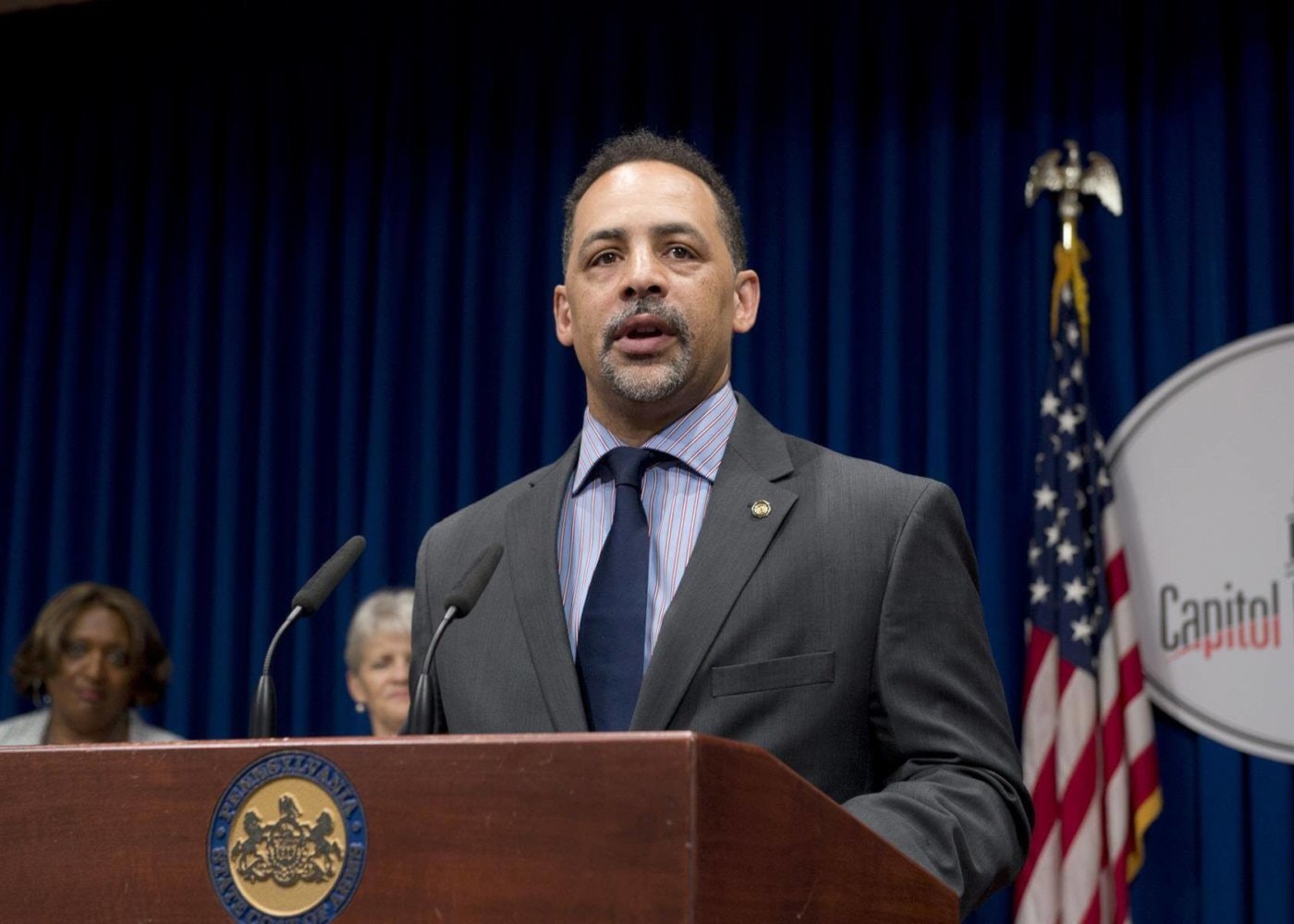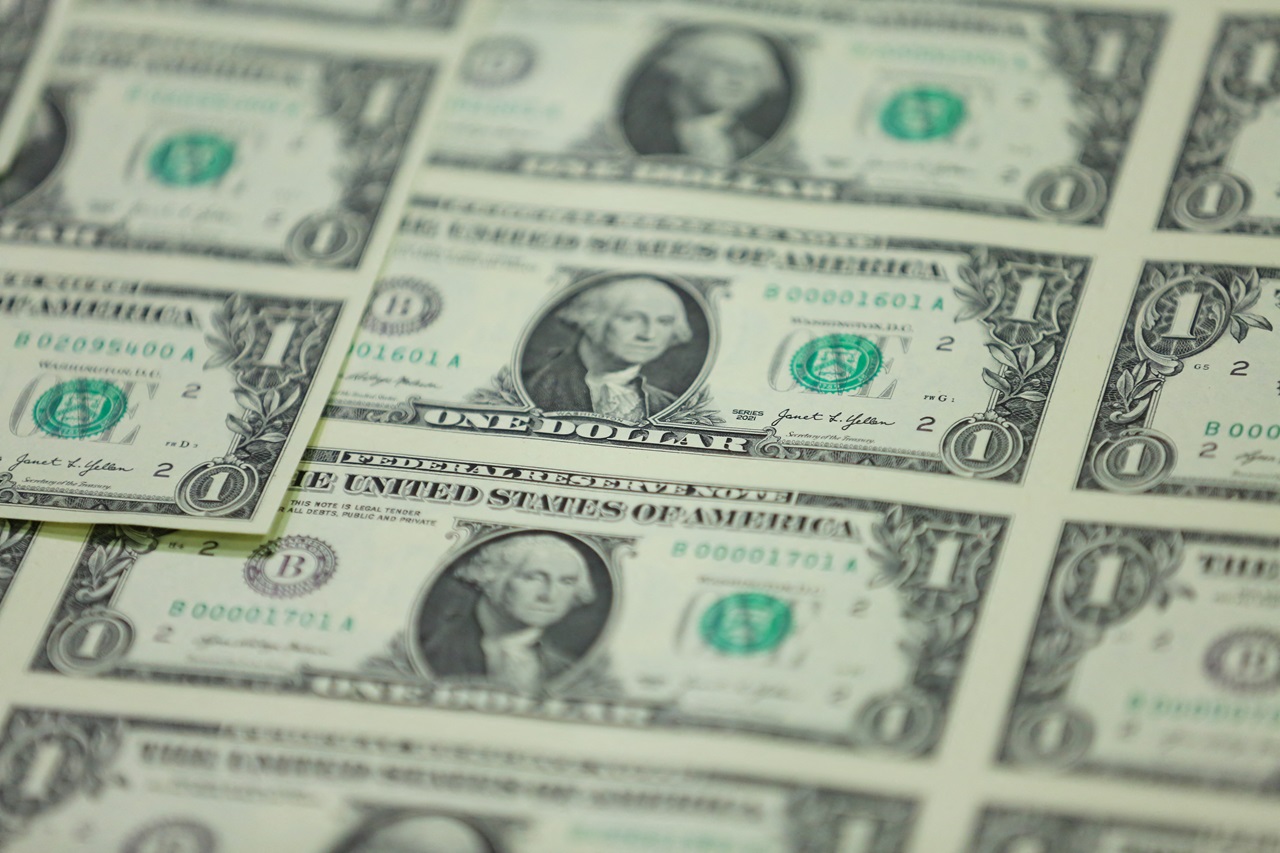
Chris Rabb Wants to Ban PA Schools From Using Native American Mascots
Donna Fann-Boyle, of the Coalition of Natives & Allies, feels that these changes are overdue, and can’t come soon enough.
State Rep. Chris Rabb is introducing legislation that would ban Pennsylvania schools from using Native American caricatures as mascots.
Rabb said that more than 60 schools and sports teams in the state still use or refer to Indigenous culture in their mascots and logos.
“For far too long, Indigenous peoples have faced discrimination, disrespect and violence, Rabb wrote in a memo he circulated to lawmakers about the legislation he is crafting.
“State Rep. Chris Rabb, D-Philadelphia, says it’s ‘well established that #Nativemascots, logos, and the like, that stereotype or fetishize #indigenous peoples highly correlate to the alarmingly high #suicide rate among #Native youth’.” https://t.co/8IiPGpLABT
— Rep. Chris Rabb (@RepRabb) November 3, 2021
He also said that social science researchers have stated that mascots and logos like these are not only derogatory, but have a negative psychological and social impact on those with Indigenous heritage.
“Our commonwealth must not remain complicit in the perpetuation of derogatory, bigoted and harmful practices which encourage bullying and other forms of abuse,” he said.
Several local school districts in the region, including North Hills, Penn Hills, Penn-Tafford, Peters Township and West Allegheny, continue to use Native American names and imagery for their mascots and logos.
But, conversations on the appropriate nature of these mascots and logos have been brewing amongst school boards in the state. In June, the Seneca Valley school board voted to continue to use the name “Raiders” for its sports teams, but voted against using Native American imagery for its mascots and logos.
Also in June, North Hills School District Superintendent Pat Mannarino said the district was open to collaborating to identify and fight back against inequities to ensure that the school provides a “safe, caring and equitable educational environment for all.”
Native mascot debate continues, state lawmaker pushes for ban—
— Talia Kirkland (@talia_kirkland) October 26, 2021
“I believe the last count is 64 schools around the state that have some iteration of a mascot or team name that is deeply offensive," said PA State Rep. Chris Rabb (Phila, D). #CBS21News pic.twitter.com/9gknTSJAbJ
To achieve this goal, the district established an anti-racism task force.
Last July, Shady Side Academy officially stopped using its Indian mascot.
According to the National Congress of American Indians, there are nearly 2,000 schools in the United States that still use Native American imagery.
RELATED CONTENT
According to the organization, 54 schools have stopped using the images so far in 2021. And a number of states have banned or limited the use of this imagery for public school mascots, including Maine, Washington, Colorado and Nevada.
“At its core, the use of ‘Indian’ mascots is a denial of the personhood of Native peoples, which has real consequences,” Rabb wrote in an Oct. 14 memo to his House colleagues seeking support for his proposal.
Rabb also mentioned that Indigenous Americans are statistically more likely than any other group to experience violence at the hands of someone of another race.
“In fact, it is well established that mascots, logos and the like that stereotype or fetishize Indigenous peoples highly correlate to the alarmingly high suicide rate among Native youth,” Rabb wrote.
Donna Fann-Boyle, of the Coalition of Natives & Allies, feels that these changes are overdue, and can’t come soon enough.
“These mascots are racist and [have] provoked behaviors that are abusive toward Native people,” she told the Capital-Star.
Fann-Boyle, who is of Choctaw and Cherokee heritage, believes that schools that use Native mascots and names shouldn’t be allowed to use tax funding.
Rabb told the Capital-Star that he’s picked up one potential republican co-sponsor for his bill, and he hopes to formally unveil it before the National Day of Mourning and Remembrance, which falls on Thanksgiving Day.











LEAVE A COMMENT:
Join the discussion! Leave a comment.